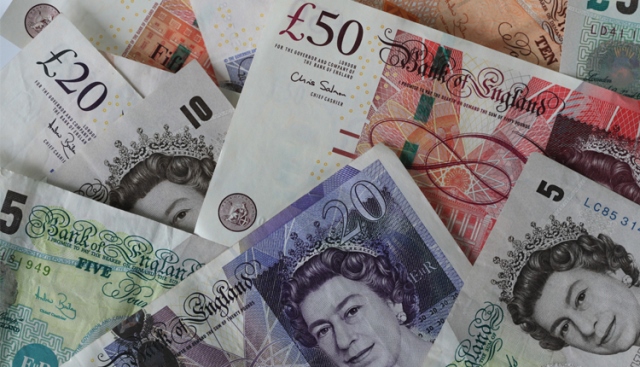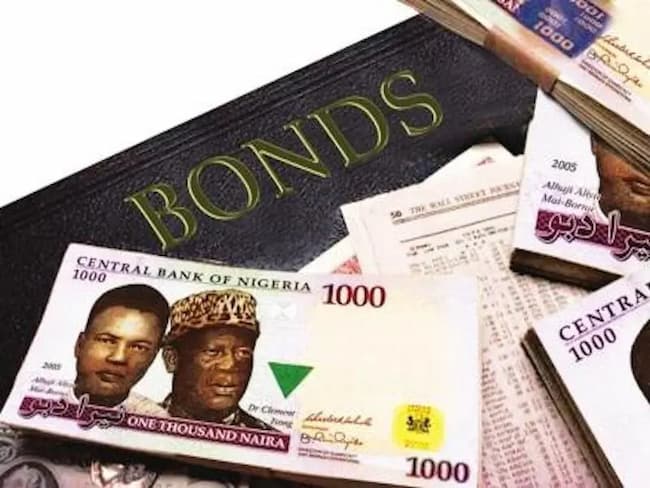Sterling steadied on Wednesday but held near a two-week low as investors mulled a report that UK cabinet ministers are discussing plans to delay Brexit by eight weeks.
The pound has previously rallied on signs that the March 29 date for Britain to leave the European Union could be pushed back with traders betting it would reduce the chances of a disorderly no-deal Brexit.
The Telegraph newspaper reported late on Tuesday that the delay would postpone Brexit to May 24.
British Prime Minister Theresa May will travel to Brussels on Thursday to tell EU leaders they must accept changes to the post-Brexit Irish border arrangements or face the prospect of a disorderly no-deal exit.
In early European trade sterling was up 0.1 percent at $1.2954, not far off a two-week low of $1.2923. It was down 0.3 percent against the euro at 87.9 pence.
The pound slumped to a two-week low on Tuesday after a survey suggested the British economy was flat-lining. That bucked a trend of the currency largely ignoring economic data and instead swinging wildly on news about the Brexit talks.
The currency has been supported in recent weeks by belief that a last-minute agreement will avert a no-deal Brexit.
But jitters returned after the Jan. 29 vote in parliament which asked May to persuade the EU to accept changes to the Brexit agreement.
“I can understand that speculative market participants are ready to bet on the GBP recovery. However, that should not prevent the market from reflecting the changing likelihood of a ‘no deal’ proportionately in the GBP exchange rates,” said Ulrich Leuchtmann, an FX strategist at Commerzbank in Germany.
“I do not consider GBP weakness during this time to be sufficiently priced in.”
Sterling has broken convincingly below the 200-day moving average against the resurgent dollar, an important technical level that prompted more investors to join the sell-off.
Market strategists point to $1.2901, the 100 day moving average for the pound, as the next critical level for the British currency.
With another parliament vote due in mid-February, derivatives markets are painting a cautious outlook for the pound with shorter-dated risk reversals indicating a greater bias for sterling puts over calls.
Little clarity is expected on interest rates from a Bank of England meeting on Thursday. Rates last went up in August 2018. The next move will probably hinge on how Brexit plays out.
Sterling will gain between 2 and 5 percent if Britain parts ways with the EU with a deal in place but will slump between 5 and 10 percent in the event of a chaotic Brexit, a Reuters poll found on Wednesday.
In one month’s time a pound will be worth $1.31 and in a year it will be almost 8 percent stronger at $1.40, according to the poll.














